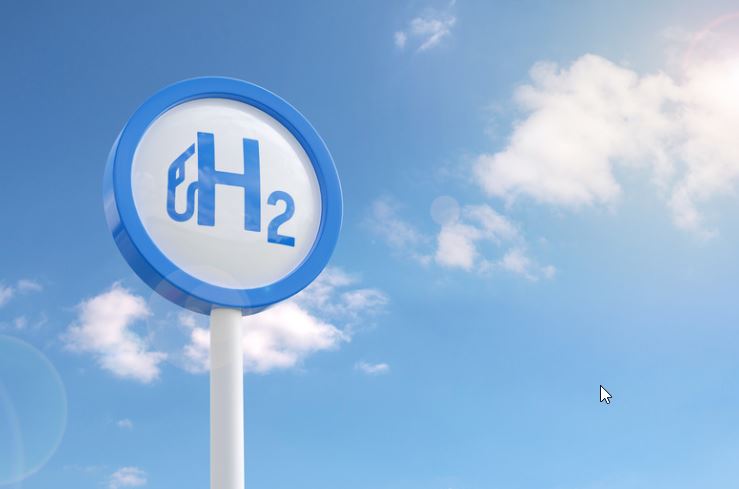Hong Kong’s largest natural gas utility, Towngas, plans to build the city’s first public hydrogen-powered EV charging station, challenging a market narrative that has shifted from optimism to retreat in recent months.
The announcement comes as major industry players—including BP, Stellantis, and Repsol—have scaled back or exited hydrogen initiatives. But Towngas, officially known as Hong Kong and China Gas, is doubling down.
The pilot station, set to open next year, will include five EV charging piles powered by hydrogen extracted from the company’s existing gas network. This use of so-called “blue” hydrogen—derived from fossil fuels with potential carbon capture—places the project at odds with international trends favoring green hydrogen, which is generated via electrolysis powered by renewables.
Still, Towngas’ approach sidesteps some of the infrastructure limitations plaguing green hydrogen projects, such as the need for dedicated electrolysis capacity and renewable power. It also signals an attempt to bridge the hydrogen application gap by integrating the fuel into Hong Kong’s transportation ecosystem—starting with EV infrastructure.
Towngas’ move comes at a time of visible retrenchment. Dutch auto giant Stellantis recently announced the cancellation of its hydrogen vehicle program, citing inadequate infrastructure and prohibitive costs.
BP and Repsol, two of Europe’s biggest energy companies, have also backed away from ambitious hydrogen strategies. BP disbanded its dedicated hydrogen and LNG teams earlier this year, while Repsol slashed its 2030 green hydrogen production targets by as much as 63%.
These moves reflect a broader market skepticism about hydrogen’s ability to compete without heavy subsidies. Capital-intensive, infrastructure-dependent, and lacking widespread demand signals, hydrogen remains a high-risk venture despite its clean-energy promise.
China, however, continues to be a hydrogen outlier. In 2024, it produced 36.5 million tonnes—over a third of global hydrogen output—and has overtaken Japan in hydrogen-related patent filings across categories including storage, safety, and application. According to Tokyo-based research firm Astamuse, Chinese firms are poised to dominate the hydrogen supply chain, mirroring their position in EVs and solar.
But even China’s enthusiasm has not created a coherent global market. Without unified standards or cross-border regulatory clarity, hydrogen continues to be a fragmented space. Meanwhile, geopolitical tensions and inconsistent energy policy—especially in the U.S., where regulatory support has fluctuated—further undermine investment confidence.
Navigating the Infrastructure Bottleneck
The key constraint remains infrastructure. Hydrogen’s low energy density requires specialized pipelines, compressors, and storage facilities. For EV charging, the challenge is compounded by the need for high-speed delivery and automated systems, like those Towngas is now testing in partnership with the Hong Kong Science & Technology Parks Corporation.
But the long-term viability of hydrogen-powered EV charging hinges on both cost and compatibility. Battery-electric vehicles (BEVs) dominate the current market, and hydrogen fuel-cell vehicles (FCEVs) remain a minority segment—especially in cities with limited space for refueling infrastructure.
Towngas’ station may serve more as a proof of concept than a mass-market solution, but it offers a critical data point for the region. If successful, it could pave the way for similar efforts across Asia’s dense urban hubs, where land use efficiency and emissions reduction are paramount.
Towngas is taking a calculated risk: entering a technology space many are retreating from, and doing so without the cost efficiencies that typically justify such moves. But if hydrogen’s fortunes turn—driven by policy shifts, carbon pricing, or supply chain consolidation—the company could find itself an early mover in a revived sector.
Stay updated on the latest in energy! Follow us on LinkedIn, Facebook, and X for real-time news and insights. Don’t miss out on exclusive interviews and webinars—subscribe to our YouTube channel today! Join our community and be part of the conversation shaping the future of energy.
